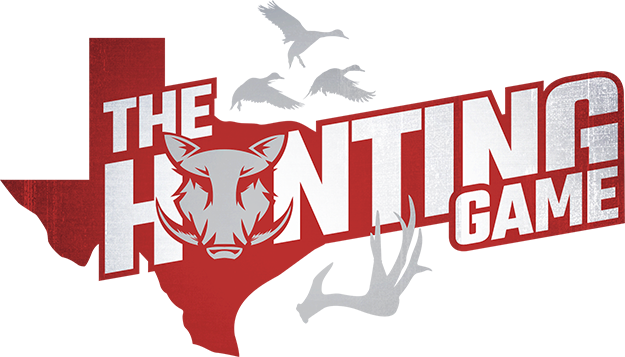 By: Don Mulligan, OutdoorChannel.com
By: Don Mulligan, OutdoorChannel.com
While a bullet has the ability to drop a deer with its impact and shock, nearly every deer killed with an arrow and broadhead succumbs to hemorrhaging. That takes time, and as a result, bowhunters need to be proficient in blood trailing, reading sign and understanding wounded deer behavior.
More than any other hunter in the woods, they know that after the shot and before the drag comes the search.
Some searches are easy, while others are inexplicably difficult. Sometimes, deer that were seemingly hit hard are nowhere to be found, while others that were only nicked die on their feet only yards from the sight of impact.
According to Richard P. Smith, every fatally hit deer should be recovered. He authored the book, Tracking Wounded Deer in 1988, which is so full of tips and wisdom, it should be required reading for anyone who hunts.
The author of 19 hunting books and thousands of deer hunting articles over the past 35 years, Smith recently spoke from his home in Michigan, about tracking arrow hit deer.
“The first lesson I teach hunters is that they should never assume that a shot missed. Always assume you hit the animal until a thorough search confirms otherwise,” Smith said.
He recommended picking a landmark where the deer was standing when shot before approaching the sight to confirm a hit.
A common reaction of a whitetail solidly hit by an arrow, but with the arrow still embedded, is for the deer to run off at top speed. When an arrow passes cleanly through the animal’s vitals, however, the deer often-just goes about its business until it collapses, never knows it was even hit, he added.
The manner in which a deer runs, as well as where it goes after being shot, offer immediate clues as to the severity of the hit. A solidly hit, fatally wounded deer will run out of control, crashing through brush, paying no attention to established trails. They may bed quickly and several times if not pushed.
On the other hand, a deer with wounds that might even be serious, but are nonfatal, will stick to trails, meander less, and probably not bed-down right away. Smith advised inspecting foliage along the deer’s trail, since these deer often-even stop and browse.
He especially likes the chances of recovering deer in places where the terrain is sparsely covered.
“Even after the blood trail has disappeared, consider the shortest route to the densest cover,” Smith revealed. “Looking out over a harvested grain field, I would first search the edges for a point of entry.”
From there, he would head right to a wet swale, small woodlot, or even something as simple as an overgrown patch of weeds. Smith described the search as a mystery, which could only be solved by unraveling all the clues, and checking out every lead, no matter how seemingly insignificant.
Assessing the type of hit is critical when deciding whether to begin tracking a deer after only a half an hour, or whether to wait several hours before beginning the search. Smith said bright red blood is typical of wounds involving major arteries or the heart. These deer can be trailed after only a short waiting period.
Dark red blood, however, might indicate a deer hit in the liver or paunch.
In this case, he advised bowhunters wait several hours before trailing the deer, and added that if left undisturbed, these animals would bed quickly and expire without moving too far. Jump one of these deer too soon, and it will likely run off, leaving no additional trail to follow.
Nonfatal shots
In his book, Smith cited a University of Georgia School of Veterinary Medicine study that observed 1002 whitetails.
In it, 76 of the deer were found to have previous injuries from which they had recovered fully. The injuries ranged from serious head and neck accidents to missing limbs.
The study concluded that many seemingly fatal shots are in fact nonfatal, and that the survivability of wild animals is often higher than assumed.
The study also noted that only 30 percent of the injuries observed were caused by gun or bow, and that a full 25 percent of those were the result of illegal activity. Evidently many of the gun injuries were inflicted with birdshot or .22 caliber bullets; ammunition not legal for use on deer anywhere in the United States.
“There is a good chance that if a wounded deer travels more than one half mile or more, he is not seriously wounded,” said Smith, who added that the blood trail could yield some important clues. “Mere trickles of blood without significant accumulations and no apparent bedding are evidence that the deer is probably going to survive.”
And while a diminishing blood trail is often typical of nonfatal hits, there are exceptions. Smith said paunch or gut wounds have a tendency to become plugged with fat. In these cases, the end of a blood trail simply means a deer has run out of blood, and is dead nearby.
Not surprisingly, Smith said that studies support the notion that deer survive hits from arrows far more often than hits with bullets. And of all the possible hits with either weapon, leg wounds are the most easily survived by deer in the wild.
Regardless of the weapon used, the best way to assure recovery of every wounded deer is for the hunter to know his limits and only take high percentage shots. That means a standing still, broad side target when hunting deer.
– See more at: The Outdoor Channel





